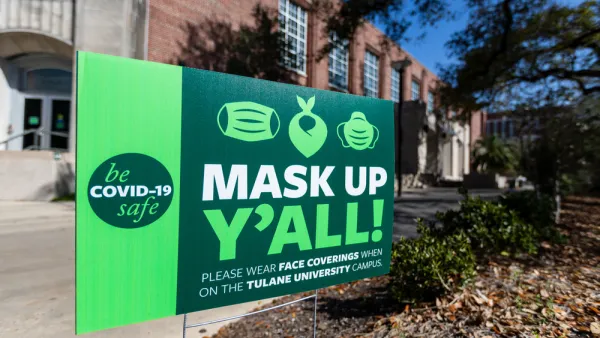Since 1990, around half of Brazil's largest cities have adopted participatory budgeting. A new study finds the experiment has had positive impacts on health and quality of life. With more countries adopting the practice, the results are encouraging.
In 2012, Vallejo, California became the first U.S. municipality to embrace participatory budgeting on a citywide level. That same year, New York City launched a participatory budgeting pilot program in four City Council districts. Chicago recently announced it would work to expand its five-year-old program throughout the city. Though there are now "over 1,500 participatory budgets around the world," according to the Participatory Budgeting Project, Brazil has the longest and most distinguished track record in embracing the practice.
A new study of the results of twenty years of participatory budgeting in Brazil has found that "municipalities with participatory programs improve the lives of their citizens," write Brian Wampler and Mike Touchton, professors at Boise State University and authors of the report. "We find PB programs are strongly associated with increases in health care spending, increases in civil society organizations, and decreases in infant mortality rates," the authors write in their report. "This connection strengthens dramatically as PB programs remain in place over longer time frames."
"Participatory programs will not necessarily produce fundamental change in the short term, but they are a vital part of building better institutions and improving citizens’ quality of life," conclude Wampler and Touchton.
FULL STORY: Brazil let its citizens make decisions about city budgets. Here’s what happened.

National Parks Layoffs Will Cause Communities to Lose Billions
Thousands of essential park workers were laid off this week, just before the busy spring break season.

Retro-silient?: America’s First “Eco-burb,” The Woodlands Turns 50
A master-planned community north of Houston offers lessons on green infrastructure and resilient design, but falls short of its founder’s lofty affordability and walkability goals.

Delivering for America Plan Will Downgrade Mail Service in at Least 49.5 Percent of Zip Codes
Republican and Democrat lawmakers criticize the plan for its disproportionate negative impact on rural communities.

Test News Post 1
This is a summary

Test News Headline 46
Test for the image on the front page.

Balancing Bombs and Butterflies: How the National Guard Protects a Rare Species
The National Guard at Fort Indiantown Gap uses GIS technology and land management strategies to balance military training with conservation efforts, ensuring the survival of the rare eastern regal fritillary butterfly.
Urban Design for Planners 1: Software Tools
This six-course series explores essential urban design concepts using open source software and equips planners with the tools they need to participate fully in the urban design process.
Planning for Universal Design
Learn the tools for implementing Universal Design in planning regulations.
EMC Planning Group, Inc.
Planetizen
Planetizen
Mpact (formerly Rail~Volution)
Great Falls Development Authority, Inc.
HUDs Office of Policy Development and Research
NYU Wagner Graduate School of Public Service





























